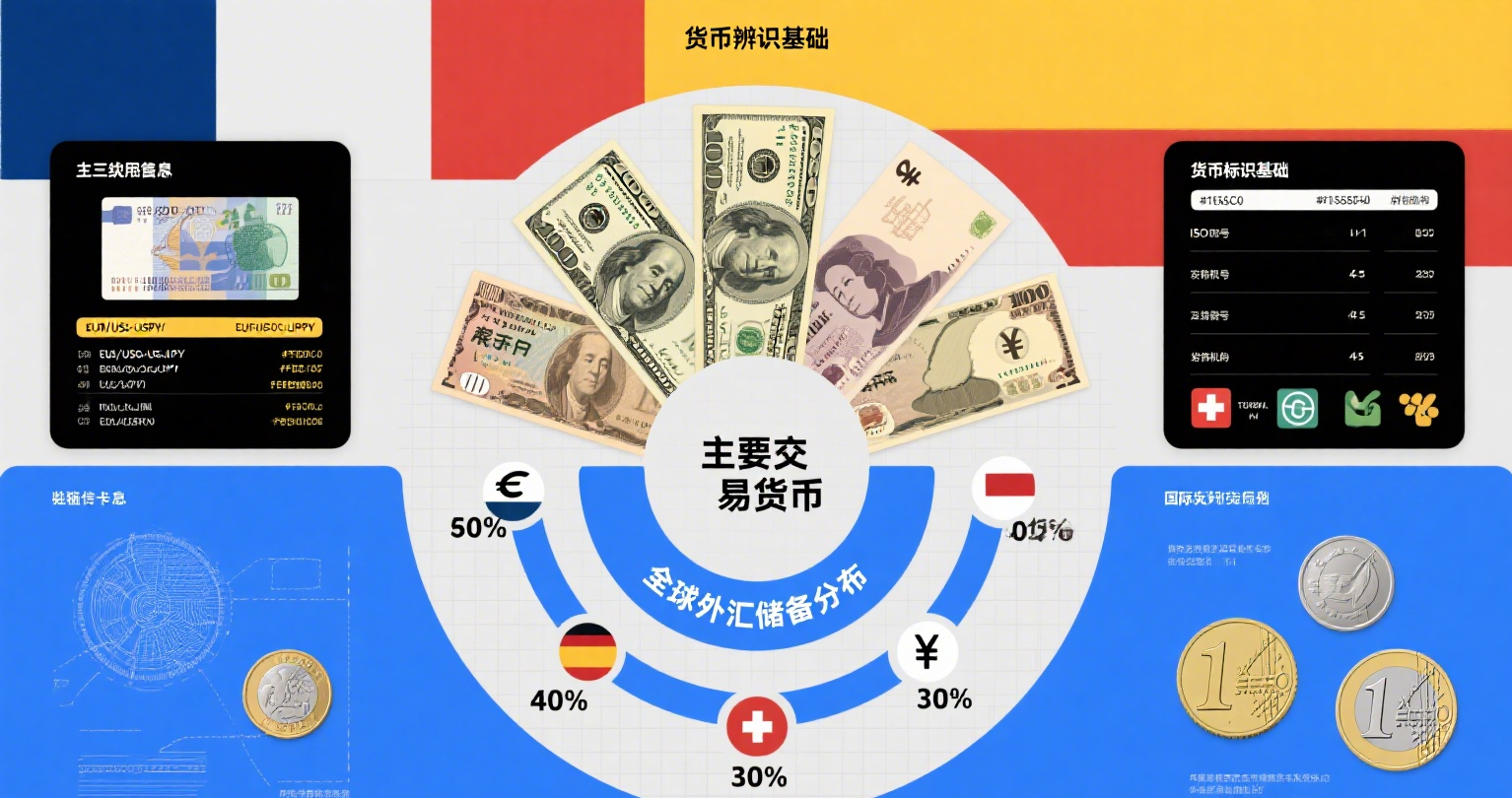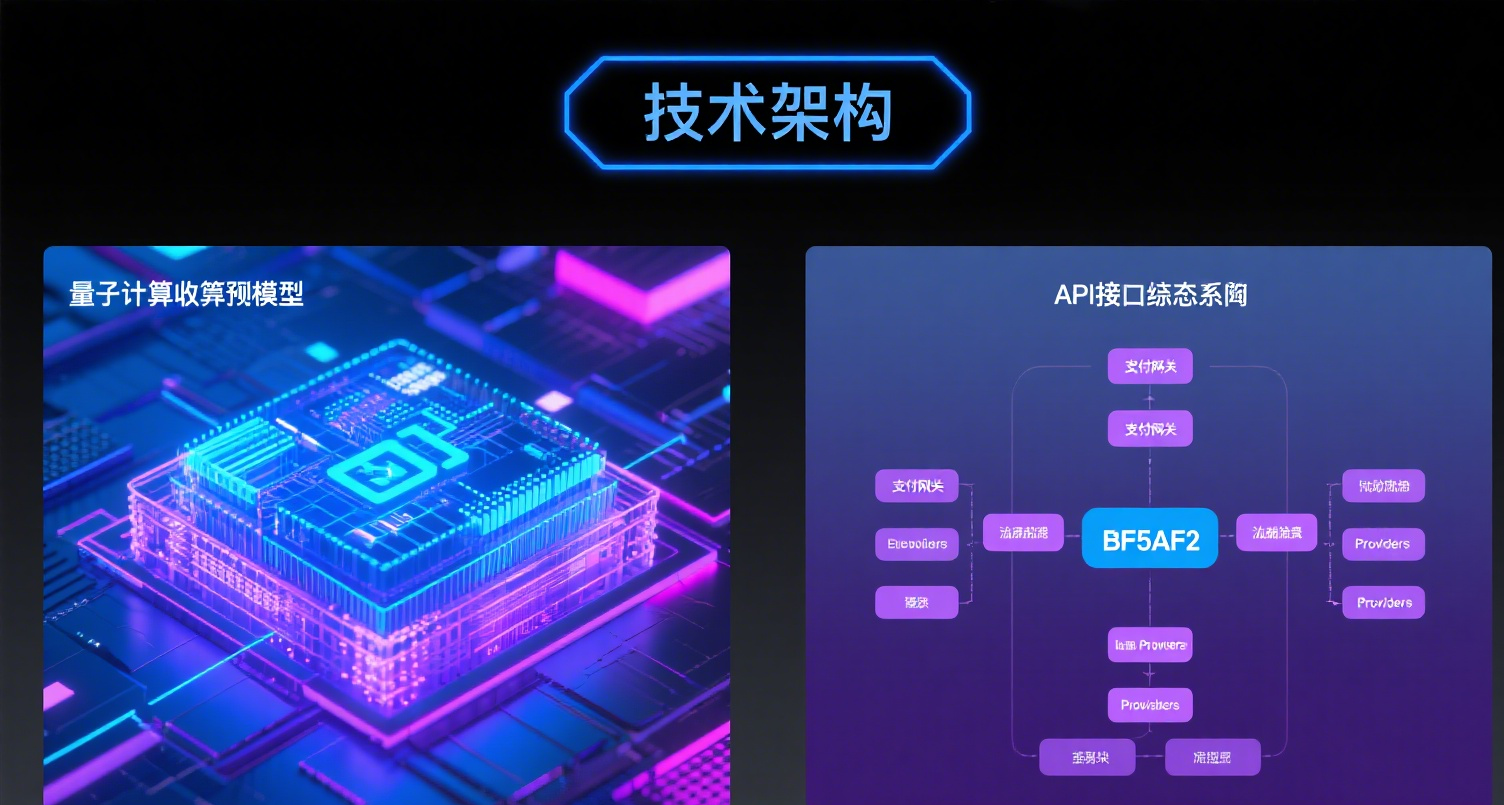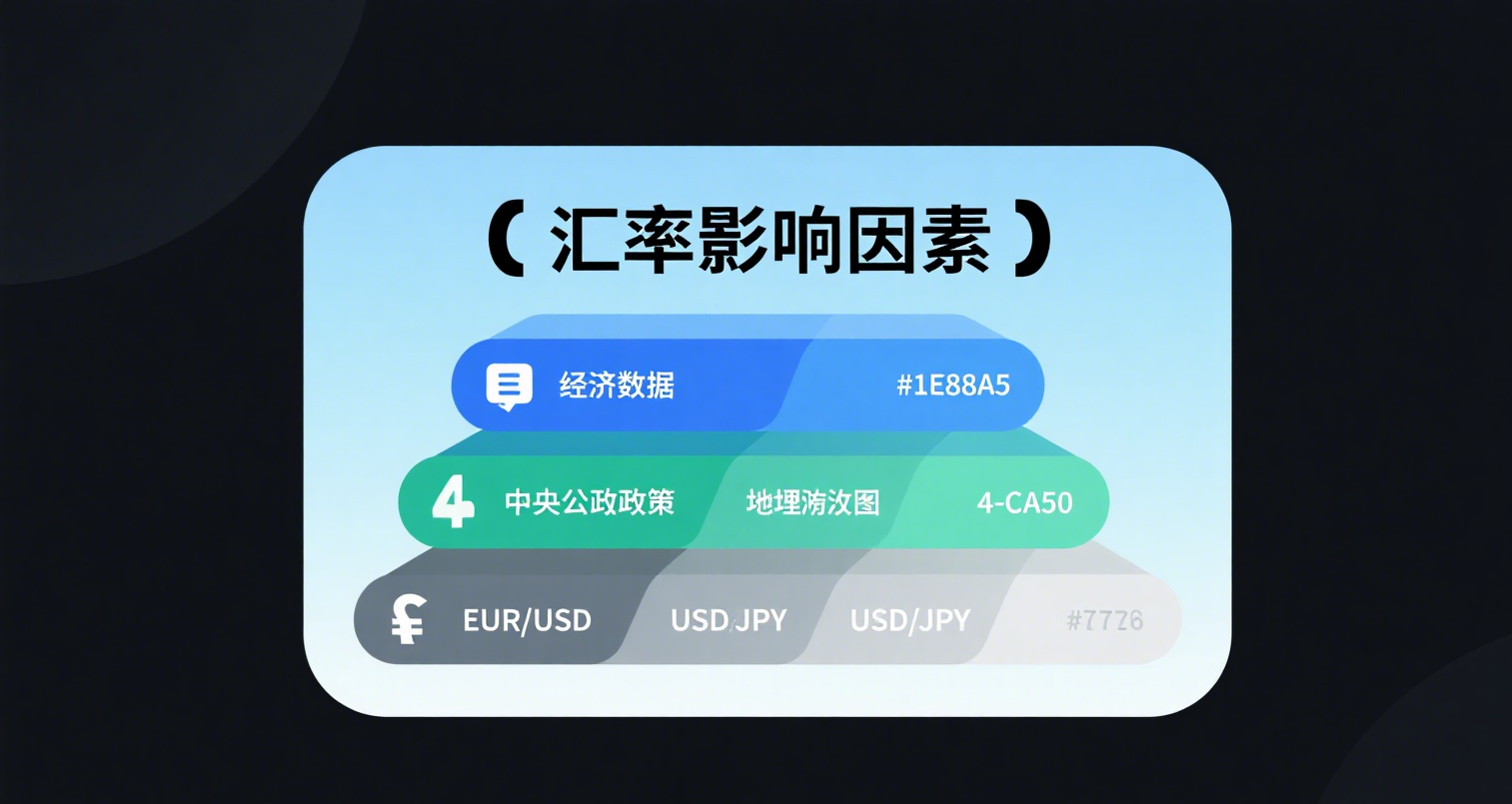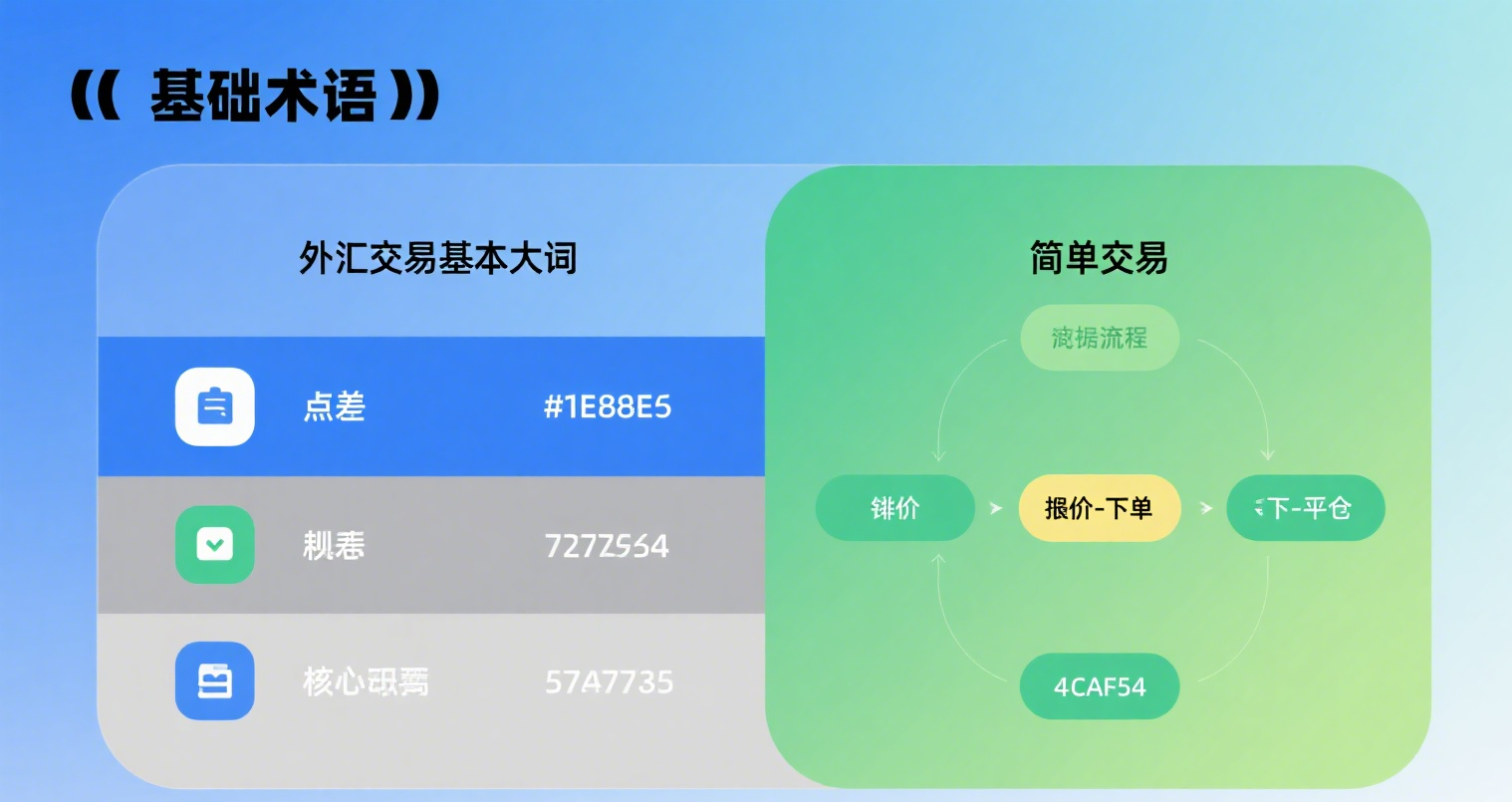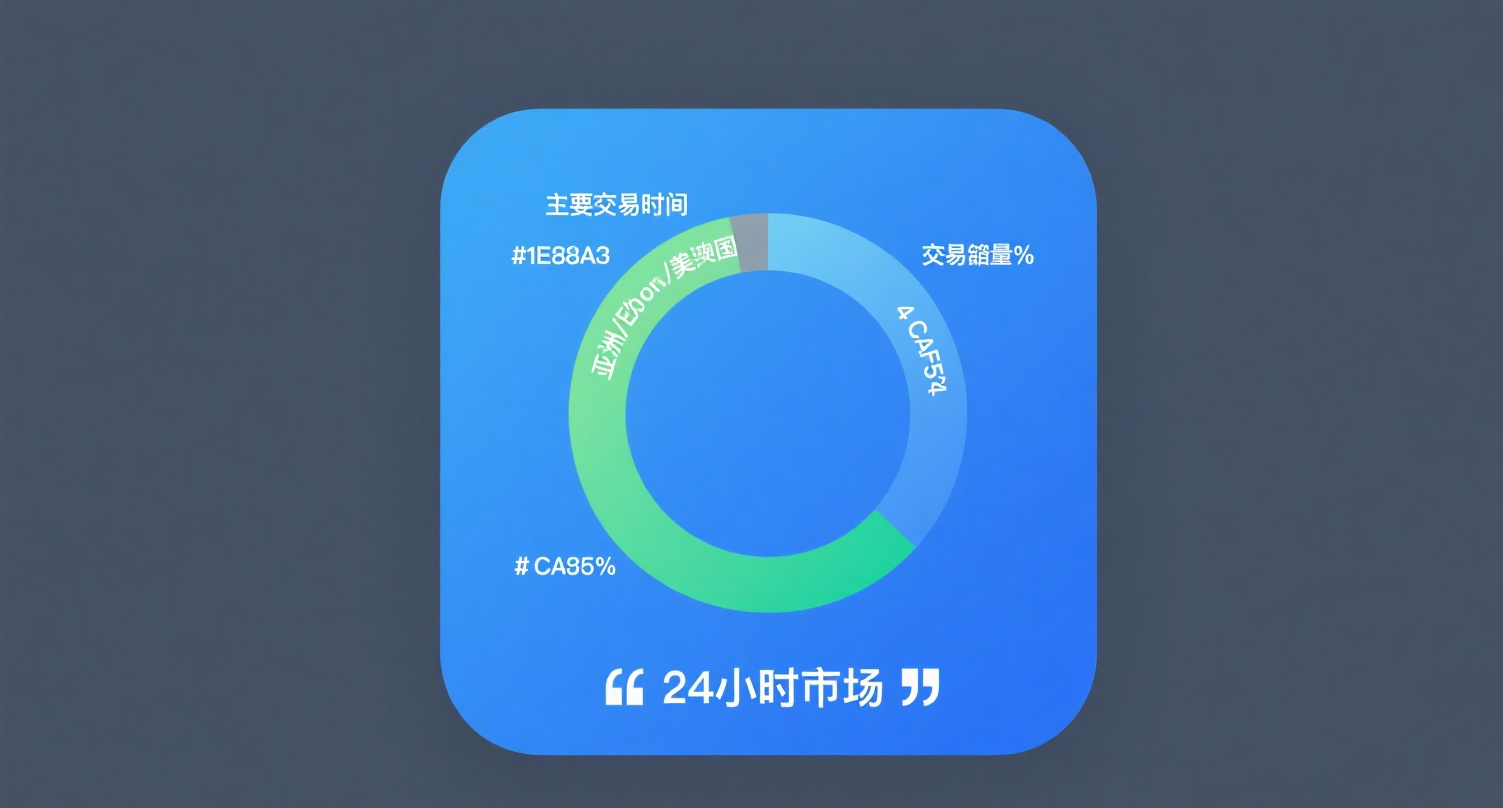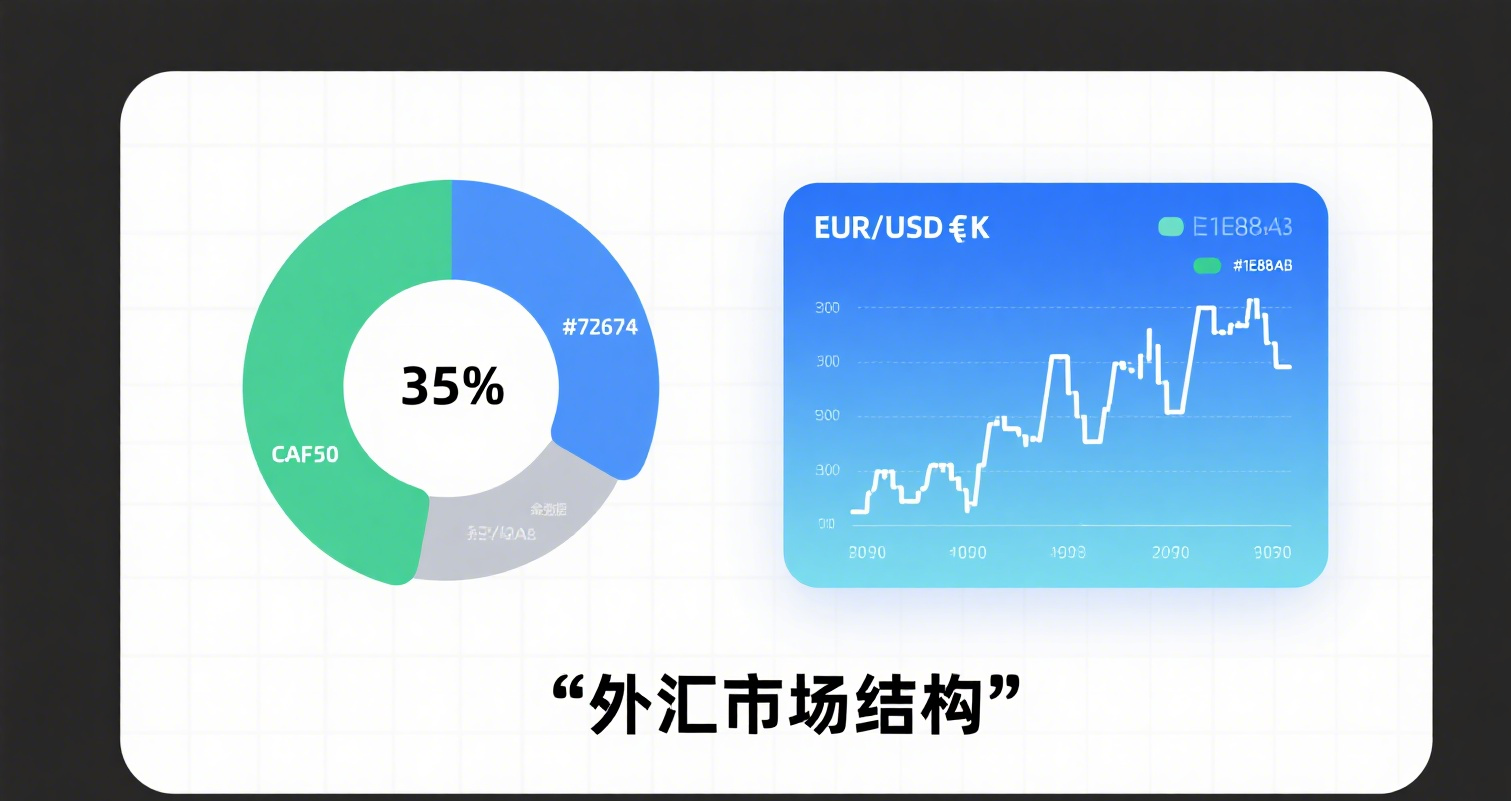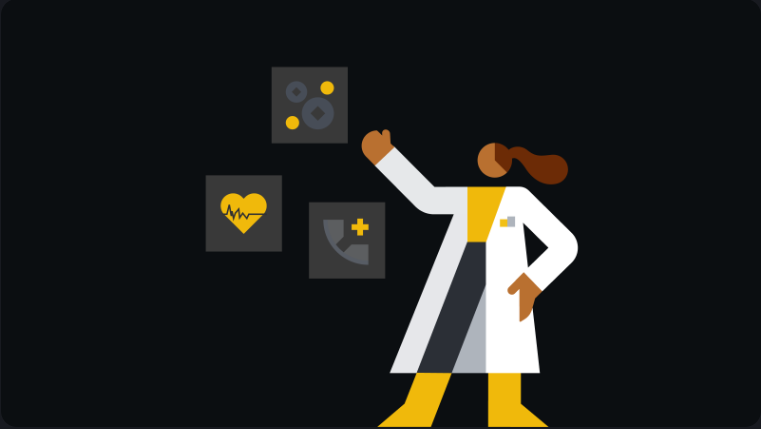
Summary
Blockchain technology has the potential to revolutionize the healthcare industry through secure data management and increased transparency.
Integrating blockchain into the healthcare sector faces numerous challenges, such as initial costs, scalability, standardization, and regulatory compliance.
The decentralization and data distribution of blockchain can enhance the security and synchronization of patient medical records.
Blockchain integration can improve interoperability among healthcare providers, thereby increasing the accessibility and transparency of patient care.
Introduction
Although blockchain technology is often associated with Bitcoin and other cryptocurrencies, it can also be used to explore data storage and protection across various industries. Like charity and supply chains, the healthcare industry is one of the most discussed use cases. So, what aspects of blockchain make it suitable for healthcare?
Benefits of Applying Blockchain Technology in Healthcare
Since cryptocurrency blockchains can securely record financial transactions, they are also suitable for storing medical data. Most blockchains are distributed systems that use cryptography to record and protect files, making it difficult for anyone to corrupt or alter data without the approval of all other participants in the network. Its immutability feature can create an unalterable database for medical history records.
Additionally, the peer-to-peer architecture used in blockchain allows patient records to synchronize all copies when updated, even if stored on different computers. In fact, each network node holds a copy of the entire blockchain, and nodes communicate regularly to ensure the data is up-to-date and authentic. Therefore, decentralization and data distribution are also critical aspects.
It is worth noting that blockchain is distributed but not always decentralized (in terms of governance). Decentralization is not a binary issue, so depending on the distribution of nodes and the overall architecture, distributed systems can exhibit varying degrees of decentralization. In healthcare, blockchains are typically built as private networks rather than the public networks commonly used as cryptocurrency ledgers. Anyone can join and participate in the development of public blockchains, but private versions require permission and are managed by fewer nodes.
Potential Benefits of Using Blockchain in Healthcare
The power of blockchain extends beyond finance into the critical healthcare sector, covering everything from patient data protection to ensuring the authenticity of pharmaceuticals. Below are some potential use cases highlighting how blockchain technology can revolutionize the healthcare industry.
-
Enhanced Security
As mentioned earlier, one of the most important use cases of blockchain in healthcare is leveraging the technology to create a secure, unified peer-to-peer (distributed) database. Due to blockchain's immutability, data corruption issues can be resolved. Blockchain technology can be used to efficiently register and track the medical data of thousands of patients.
Unlike traditional databases that rely on centralized servers, using a distributed system enables higher levels of security in data exchange while reducing the administrative costs associated with current systems. Blockchain's decentralized nature makes it less vulnerable to technical failures and external attacks, which often compromise valuable information. The security offered by blockchain networks is particularly useful for hospitals, which frequently face hacking and ransomware attacks.
-
Interoperability
Another advantage of blockchain-based patient records is their ability to enhance interoperability among clinics, hospitals, and other healthcare providers. Due to technical differences in data storage systems, organizations often cannot share documents.
However, blockchain can address this issue by allowing authorized parties to access a unified database of patient records or even medication distribution logs. As a result, service providers do not need to establish connections with each other's internal storage systems but can collaborate on a single database.
-
Accessibility and Transparency
In addition to simplifying medical record-sharing processes, blockchain systems can improve patient accessibility and transparency regarding their health information. In some cases, requiring verification of changes made to patient files ensures the accuracy of medical records. When used correctly, this can prevent human errors and intentional falsification, providing an additional layer of security. -
Reliable Supply Chain Management
Blockchain can provide a reliable method for tracking pharmaceuticals throughout the manufacturing and distribution process, thereby reducing the widespread issue of counterfeit drugs. When combined with IoT devices that measure factors like temperature, blockchain technology can verify proper storage and transportation conditions or assess drug quality. -
Preventing Insurance Fraud
Blockchain can also combat health insurance fraud, which is estimated to cost the U.S. healthcare system over $100 billion annually. Immutable medical records stored on the blockchain and shared with insurance providers can prevent some of the most common types of fraud, including billing for procedures that never occurred or charging for unnecessary services. -
Clinical Trial Recruitment
Another application of blockchain in healthcare is improving the quality and effectiveness of clinical trials. Recruitment teams can use medical data on the blockchain to identify patients for whom a tested drug may be effective.
Such a recruitment system can significantly enhance clinical trial participation, as many patients are never informed about relevant drug trials and thus miss the opportunity to participate. During trials, blockchain can also ensure the integrity of collected data.
Challenges of Integrating Blockchain in Healthcare
While applying blockchain technology in healthcare is promising, it also comes with challenges. Let’s delve into some key issues.
-
Compliance
In the United States, for example, healthcare companies interested in adopting blockchain must comply with existing data regulations such as the Health Insurance Portability and Accountability Act (HIPAA) of 1996.
HIPAA outlines standards for data storage, sharing, and protection in healthcare. Therefore, to achieve full compliance, U.S. companies need to deploy customized blockchain medical record systems with enhanced privacy features and restricted accessibility.
-
Initial Costs and Speed
For providers, blockchain solutions may involve high initial investments, which can hinder widespread adoption. Additionally, in terms of transactions per second, distributed systems are often much slower than centralized ones.
Compared to centralized systems, large blockchain networks with numerous nodes may require more time to transmit and synchronize data. This is particularly concerning for massive databases that ultimately need to store and track information for millions of patients. The issue becomes even more pronounced with large image files, such as CT or MRI scans.
-
Educational Gap
The complexity of blockchain technology presents educational challenges for the healthcare industry. This gap in understanding may lead to underutilization or improper implementation of blockchain solutions.
Ongoing training and education are essential to help healthcare professionals understand potential use cases, appropriate implementation strategies, and awareness of evolving regulations and cyber threats.
-
Scalability
The vast amounts of data generated by the healthcare industry pose significant scalability challenges for blockchain networks. As data volume grows, transaction processing times and operational costs for certain blockchains may increase.
Such limitations can lead to delays in information retrieval or transaction verification, making the system inefficient or negatively impacting patient care. Moreover, these issues may discourage healthcare institutions from adopting blockchain, hindering innovation and progress in the field.
-
Data Standardization
Blockchain requires uniform data inputs to facilitate effective communication and interoperability within the network. However, due to the diversity of data types and formats in healthcare, achieving uniform inputs is particularly challenging.
Without standardized data protocols, information exchange may lead to misunderstandings or errors, undermining the system. Therefore, achieving data standardization without losing critical details in health information is a major obstacle to blockchain adoption in healthcare.
Conclusion
Blockchain holds immense potential for the healthcare industry, ranging from secure patient data management to improved transparency and security. However, educational gaps, scalability issues, and existing regulatory mechanisms are some of the pressing problems that need addressing. Balancing these challenges with blockchain’s numerous advantages requires a nuanced and collaborative approach from all stakeholders in the healthcare sector.







